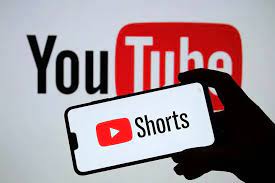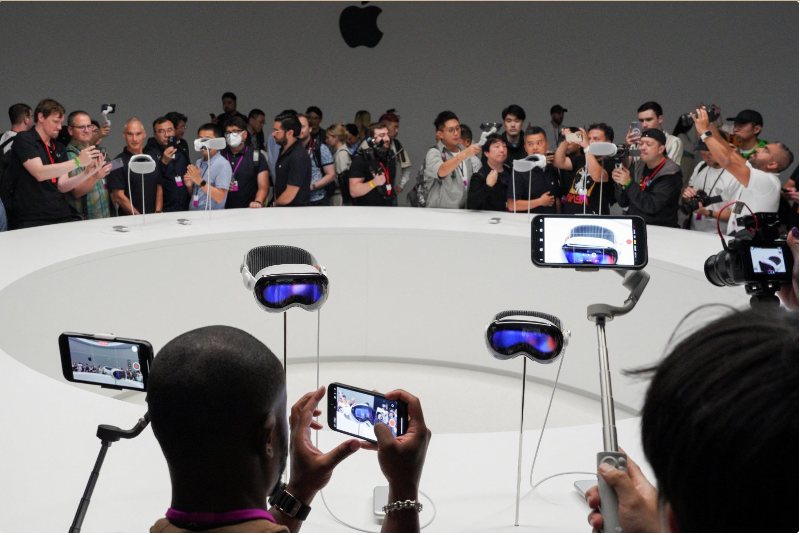Category: Tablets

Top tech Valentine’s Day presents for your loved one
•
We buy gifts for loved ones on International Day of Love. Instead of flowers and Lindt chocolates, try…

Google launches pixel, foldable smartphone
•
Google has launched its foldable smartphone through a video on Twitter and YouTube showcasing a Pixel phone featuring…

Truecaller Unveils Live Caller ID for iPhone
•
Truecaller, a prominent platform in global communication that offers caller ID, spam-blocking software, and research-centered on-call services, has…

Netflix adds TV Gaming services
•
Netflix Inc. is taking steps to get its video-game service onto televisions. Despite being available on tablets and…

A guide to buying the right Smartphone
•
We both recognize the importance of smartphones in everyday life. Working from home, gaining access to crucial data,…

Safaricom and Google Partner on YouTube content production
•
Safaricom, a Kenyan telecommunications company, recently announced that it had made a deal with Google to promote and…

Security alert: NCC warns against software that steals banking app data
•
The Nigerian Communications Commission, an independent regulatory authority for the telecommunications industry in Nigeria has alerted Nigerian against…

How to locate your Android phone IMEI number
•
You might have been wondering, what is IMEI number and what is it used for? Don’t worry, it…
Recent Posts
- Mastercard Report: African SMEs embrace digital payment, cybersecurity for growth
- Malawi delegation visits Ghana to learn from NCA’s Broadcasting Monitoring Centre
- Ethio Capital Solutions receives official licence to provide advisory services in Ethiopia’s capital market
Social Media
Advertisement




